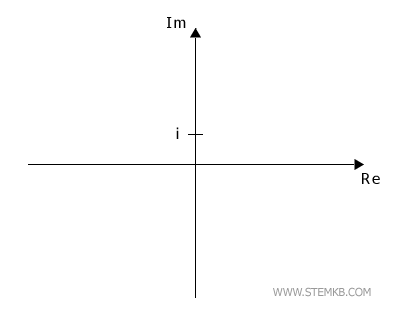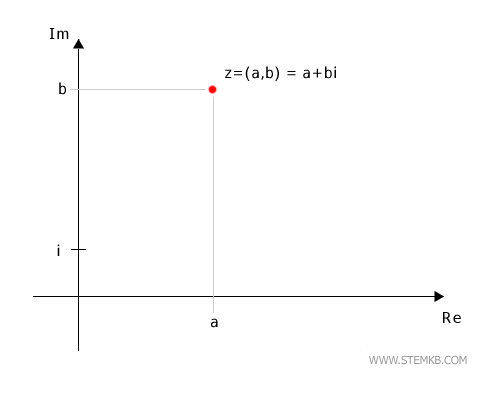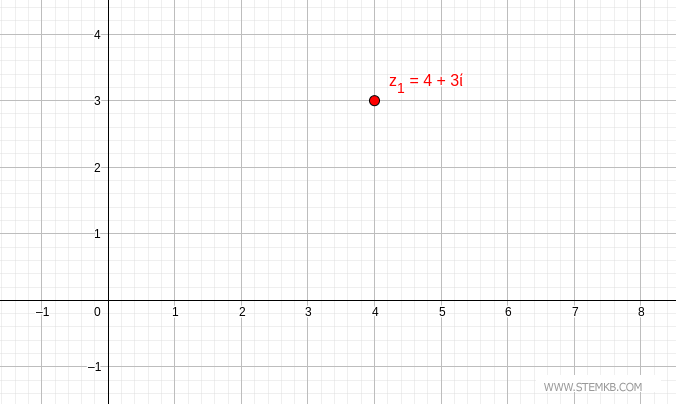
Complex Plane
Welcome to our discussion today - we're exploring the captivating realm of the complex plane, often referred to as the Gaussian plane or Argand-Gauss plane.
First things first, what is the complex plane? Think of it as a Cartesian plane where we've assigned some special roles to the x and y axes. The x-axis, also called the real axis (Re), quantifies the real part of a complex number, while the y-axis, or the imaginary axis (Im), quantifies the imaginary part.

Let's consider any complex number z=a+ib. You can think of it as a citizen of this complex plane, living at the coordinates (a,b).
Here's an important fact: every point on this plane is unique, just like our fingerprints. Each point corresponds to a distinct complex number.

Remember, on the Gaussian plane, points are complex numbers.
A little note for clarity: The terms a and b in our complex number are both real numbers. The term a signifies the real part of the complex number, Re(z)=a. On the other hand, b serves to indicate the coefficient of the imaginary part, Im(z)=b.
Now, let's visualize this with a real-world example.
Imagine the complex number z=4+3i. The '4' is its real part and the '3' is its imaginary part.
So, how do we pin it on the plane? Simple - just plot a point at the coordinates (4,3).

Just like that, the point (4,3) becomes a complex number 4+3i and vice versa.
Let's hammer home a crucial point: there's a two-way street between points on the Gaussian plane and complex numbers. Every point on the plane encapsulates a complex number, and every complex number can be pegged down to a point on the plane.
We hope you're finding this quick dive into complex numbers intriguing. Stick with us for more insights!

